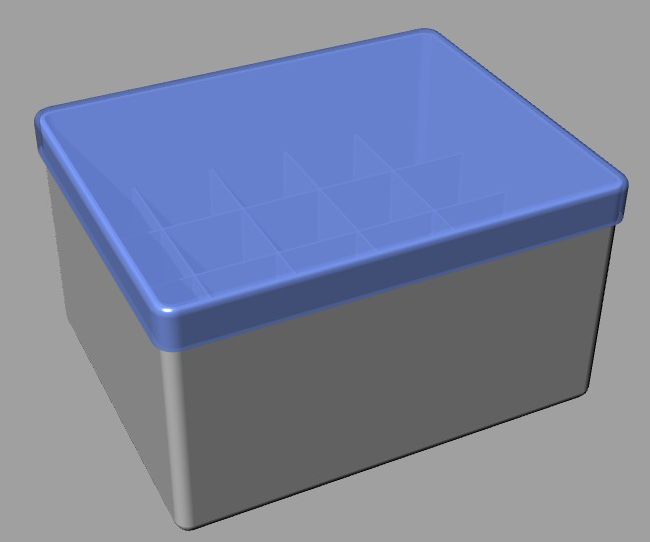Traditionally, fabrication of bespoke and custom research equipment has been a challenge. We’ve had to make do with bodging together off the shelf parts into something adequate, and the idea of having something designed specifically for the task was normally out of the question. Many fabrication techniques, especially those dealing with plastics such as injection moulding, have very high initial costs. Similarly, custom electronics are uncommon, with few people having the requisite skills to design circuit boards from scratch.
Over the last few years, several new technologies have emerged that have changed this situation. 3D Printing and CNC laser cutting are two techniques that allow the fabrication of very complex parts for very low cost. Injection moulding requires the cost of developing the moulding to be recouped through mass production. In comparison, 3D printing fabricates objects directly from a digital file, and the costs (ignoring outlay for the printer) are the electricity, maintenance costs of running the printer, and the materials cost.

Likewise, Arduino and similar microchip based electronics, or systems like the more powerful Raspberry Pi (essentially a miniaturised computer) have enabled the development of quite complex electronic systems, with a minimum of knowledge of electronics. With these systems, coding knowledge is more relevant than an electronics background. Many researchers have experience coding in R, Matlab, Python and similar languages and these skills are easily transferable to programming an Arduino.
Developing the designs for 3D printing may be a challenge, and unlike the coding for Arduino doesn’t have many parallels in our research that we can draw upon. Fortunately, alongside the development of 3D printers has been a surge in CAD software development. Fusion 360 and Tinkercad are two examples of cheap, easy to use design tools.
Many researchers won’t have the skillsets needed to leap straight in with these tools. 3D printers can be fiddly beasts. CAD work can be unintuitive, and messing with Arduinos sometimes results in the magic smoke escaping from the (fortunately cheap) electronics. Fortunately these technologies have also enabled the formation of ‘Fab Labs’. Fab Labs, developed from an MIT outreach project, are communal fabrication laboratories, where users meet to collaborate and have access to tools and skillsets. They typically operate several 3D printers, a laser cutter, and numerous other fabrication tools and are an excellent place to get hands on experience in design and fabrication.

The communal aspect of design also extends online, with designs for objects and electronics as well as code being shared under an open source model. Thingiverse is one of many sites that host thousands of open source designs ready to be fabricated.
TL:DR – Next time you’re at your hardware store trying to figure out how to bodge this to that to that, so that you can sample something, maybe stop in at your local Fab Lab and have a chat to whomever is there. They may have just the solution you’re looking for.
Below are a few examples of useful bits and pieces developed over the last year. All of these were printed using a rebranded Wanhao i3+ (Cocoon Create Touch – from Aldi for Aud $500). Laser cutting was done at Adelaide’s FabLab (http://fablabadelaide.org.au). I usually design using Rhino3D, as I have experience with it. If you’re just starting out, I’d look at Fusion 360 and Tinkercad first.


Magnetic Stirrer 
Micro column racks 
A box for 28ml vials. Used for storing isotope standards. 
A storable third hand for soldering.


For other examples of this type of design/fabrication, maybe have a look at:
Takeshi Nakagawa‘s work, including the ‘Biwako’ portable core image scanner, developed using 3D printing.
OpenROV– Developers of an underwater remote operated vehicle, developed using open source principles.
And of course, explore thingiverse and similar sites for lots of ideas.